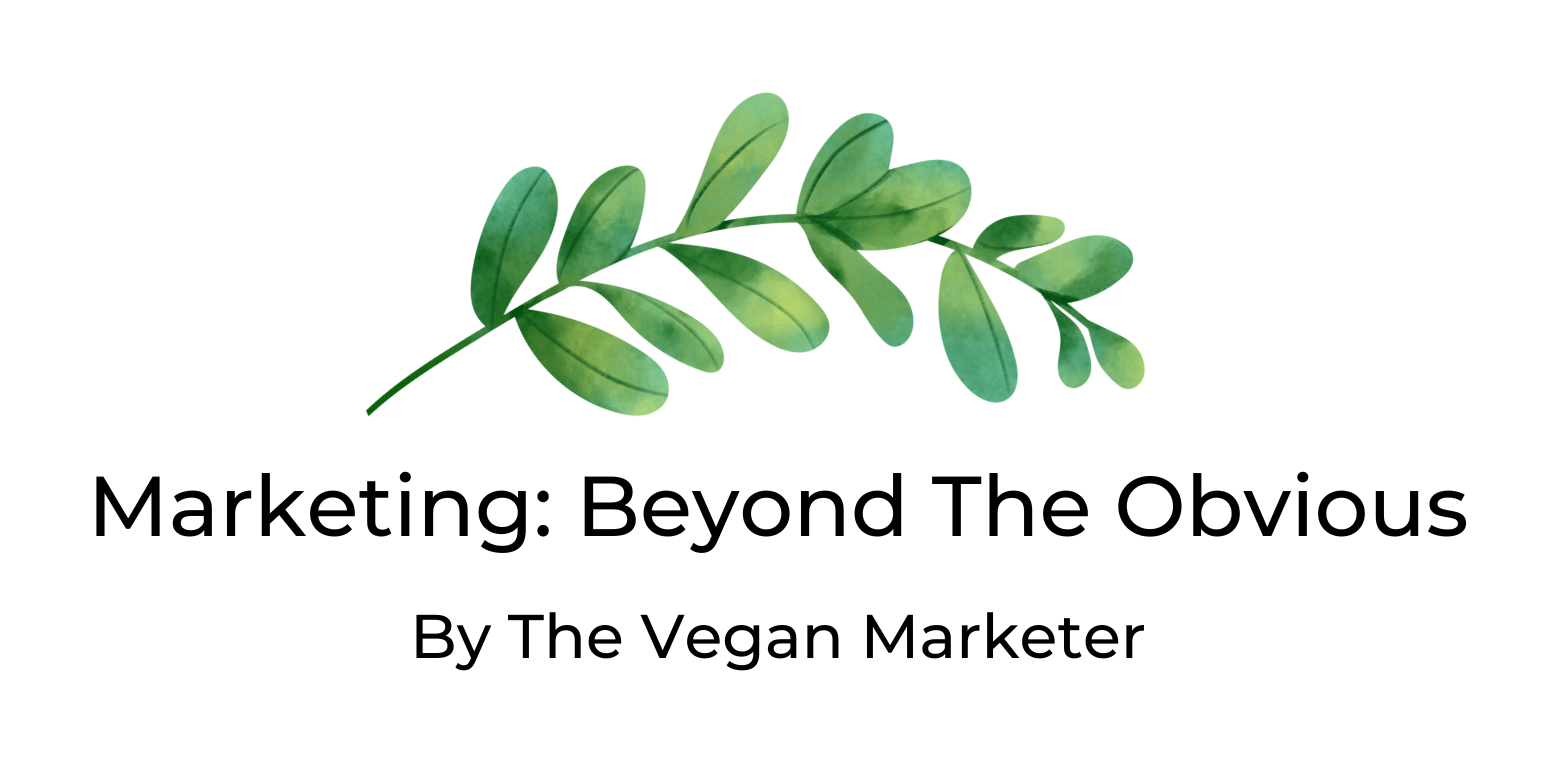So you want to charge higher prices for your vegan product or service but are wondering how to justify them and give customers enough value too? Here is one smart strategy for doing so.
This strategy is based on Alex Hormozi’s outstanding book called “$100 Mn Offers: How to make offerd so good people feel stupid saying no!
3 Levers for Higher Prices

Lever 1: The Sales-Fulfillment Continuum
The 1st lever of the strategy is Alex Hormozi’s Sales-Fulfillment Continuum. While building your vegan business, you must consider the continuum between the ease of sale and the ease of fulfillment.
“If you lower what you have to do, it increases how hard your product or service is to sell. If you do as much as possible, it makes your product or service easy to sell but hard to fulfill because there’s more demand on your time investment.” – Alex
Easier to fulfill, lower your costs. Hence, higher the profits.
+
Lever 2: Level of effort expected from customers
Customers pay you for their ‘dream outcome’. But to achieve that dream outcome, along with money, customers also have to put in some effort. How much effort they’d need to put in will depend on the “vehicle” through which you deliver your product or service to them.
Let’s take an example. A non-vegan customer wants to try vegan meat for the first time. Their dream outcome is getting tasty vegan meat dish. Now the effort they’d need to put in to be able to get that vegan meat dish will depend on how you deliver it.
The 3 main delivery vehicles or models are:
- D-F-Y i.e. Done For You model. (Least effort from customer. Maximum effort from you). You launch vegan meat as ready-to-eat packet. Hence, zero effort from them.
- D-W-Y i.e. Done With You model. (You teach the customer what to do). You deliver it in the form of ready-to-cook packet. (Like Maggi Noodles). This will entail some amount of effort from them.
- D-I-Y i.e. Do It Yourself model. (Maximum effort from customer, least from you). You offer unflavored, raw chunks of vegan meat. To reach the dream outcome of a tasty vegan meat dish, customer will have to put in a lot of effort (learn how to get best results from vegan meat, find out recipes, experiment with cook times to suit their taste, etc).
Lower the effort from the customer, higher the prices they are willing to pay. Hence, higher prices can be charged for DFY>DWY>DIY.
+
Lever 3: Perceived likelihood of achievement
Here you need to understand your customer’s perception about outcome achievement. How likely do they think they are to achieve their dream outcome. With DIY, they will have major doubts on achieving the desired results.
On the other end of the spectrum, with DFY, they will have high confidence of achieving the outcome since you, the perceived expert, will do it for them.
Higher the perceived likelihood of achievement, higher they will be willing to pay.
=
Higher prices @ the intersection of the above mentioned 3 levers
So you can charge higher prices when the cost and ease of fulfillment is low for you, the amount of effort needed from the customer is low for them and the perceived likelihood of achievement is high.
Let’s continue with the earlier example.
As a plant-based meat brand, you can charge higher prices for your product if you do a B2B collaboration in the HoReCa (Hotel, Restaurant, Catering) segment. Why, you wonder?
Here’s a short case study.
Wakao Foods and The Hilton Hotel Group held “The Wakao Fest” in all 18 properties across India. Dishes made from Wakao’s plant-based meat products were on the menu in Hilton hotel’s restaurants.
- Since Wakao only had to supply in bulk to the Hilton team (instead of to 1000s of individual customers), it was easy for the brand to fulfill and the cost of fulfillment was also lower.
- Since Hilton’s chefs were the ones making vegan meat dishes using Wakao products (D-F-Y), no additional effort was needed on the part of customers. Hence, they would not mind paying a bit more for it.
- Lastly, since the product (vegan meat) was already incorporated into the dream outcome (tasty food), there was an almost 100% likelihood of achievement of that outcome.
Simple, right?
This is how you can play with the 3 levers of strategy and justify higher prices for your vegan offering.
Question to think about: 💡
Despite knowing this strategy to justify higher prices, should you charge lower prices so that you reach the masses and become mainstream?
Should you want to talk, I am just an email away. You know that, right?

